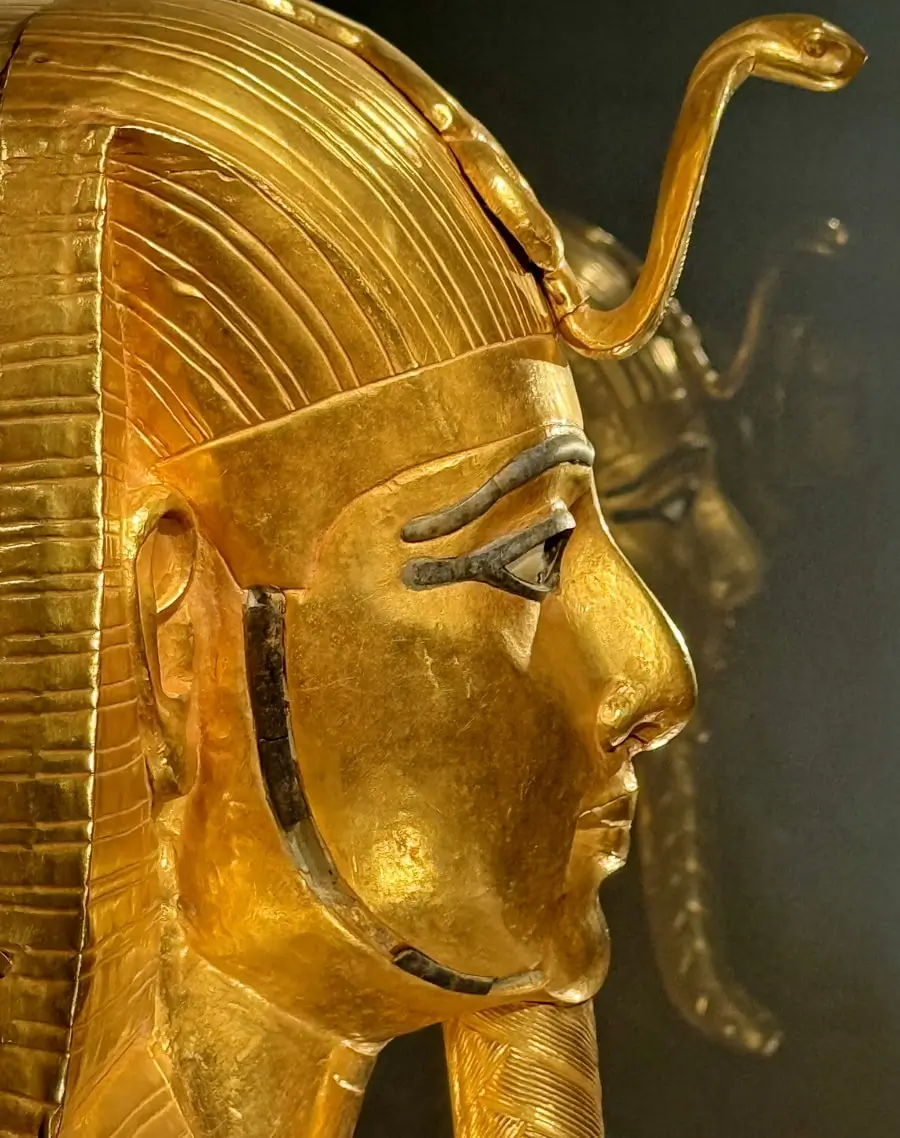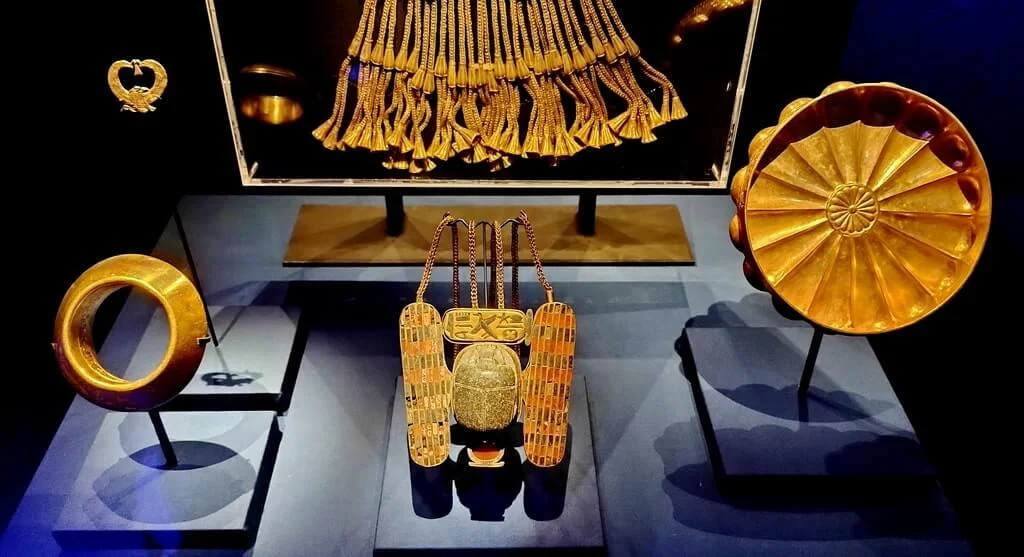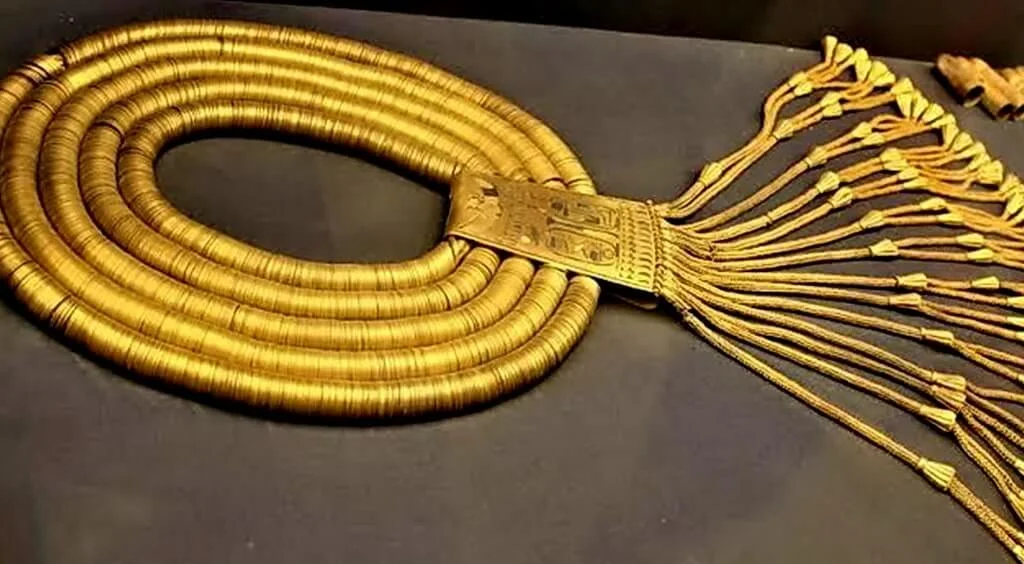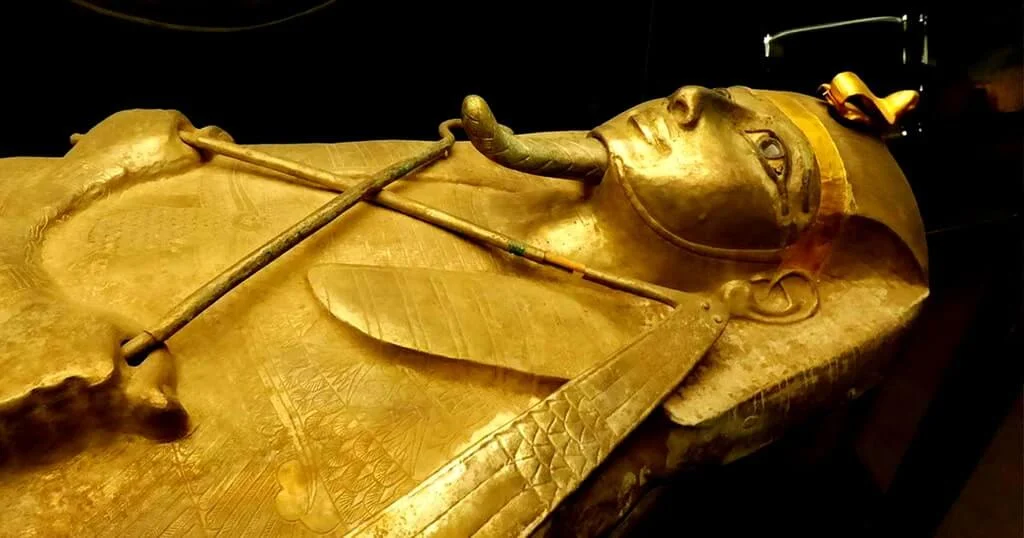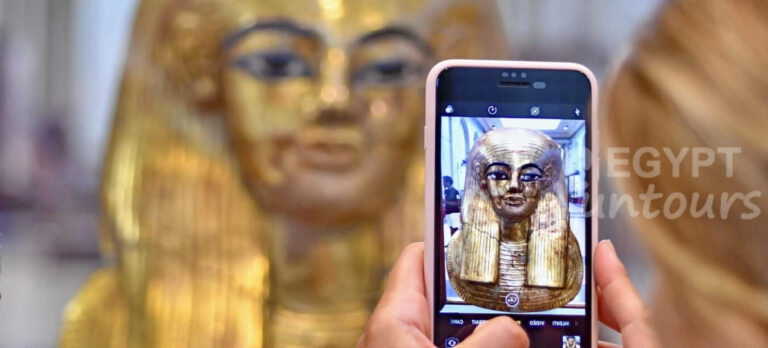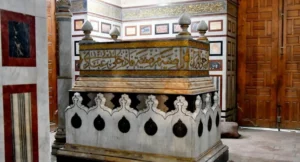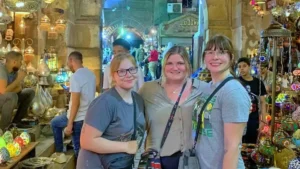Psusennes I: The Silver Pharaoh of Tanis
Psusennes I was a pharaoh of the 21st Dynasty of ancient Egypt. He ruled from Tanis during the Third Intermediate Period, a time when Egypt was politically divided. Although his reign was not as well-known as those of the great New Kingdom pharaohs, his tomb’s discovery in 1940 revealed him to be one of the wealthiest. This find earned him the nickname, “The Silver Pharaoh.

